Did you know that companies that get personalization right earn 40 percent more revenue from those activities than average players?
In fact, among industries in the US, transitioning to top-quartile performance in personalization would lead to more than one trillion dollars in value, according to McKinsey & Company.
If you’re here to explore more about how to use personalization to attract ideal customers and increase their customer lifetime value (CLTV), keep reading.
In this article, I’ll walk you through customer success, the best way to personalize the customer experience, and the importance of personalization. I’ll also share six examples of real companies implementing personalization in their customer success strategies.
Ready to learn more?
Let’s get started.
What does personalization and customer success mean?
Customer success means making sure your customers feel taken care of and get what they need on their way to purchase and after purchase. The primary goal is to guarantee customer happiness through the value they receive from your business.
A comprehensive customer success strategy should outline your proactive actions to support your customers throughout their entire relationship with your company.
But what about personalization?
Consumers associate personalization with “positive experiences of being made to feel special.” In other words, brands that show a genuine investment in the customer relationship rather than just the transaction receive a positive response from their customers.
So, how can brands infuse personalization into their customer success strategies? By helping customers make informed decisions according to their specific needs and preferences.
Here’s a niche example to show how this works in action:
A customer looking for pet insurance may have questions about how much it costs and what it covers. A customer success team can provide personalized guidance and support by using data and analytics to compare plans and options.
For instance, they can use the information from the following page to show the customer how the cost of pet insurance can vary depending on factors such as the type of pet, breed, age, location, and coverage options.
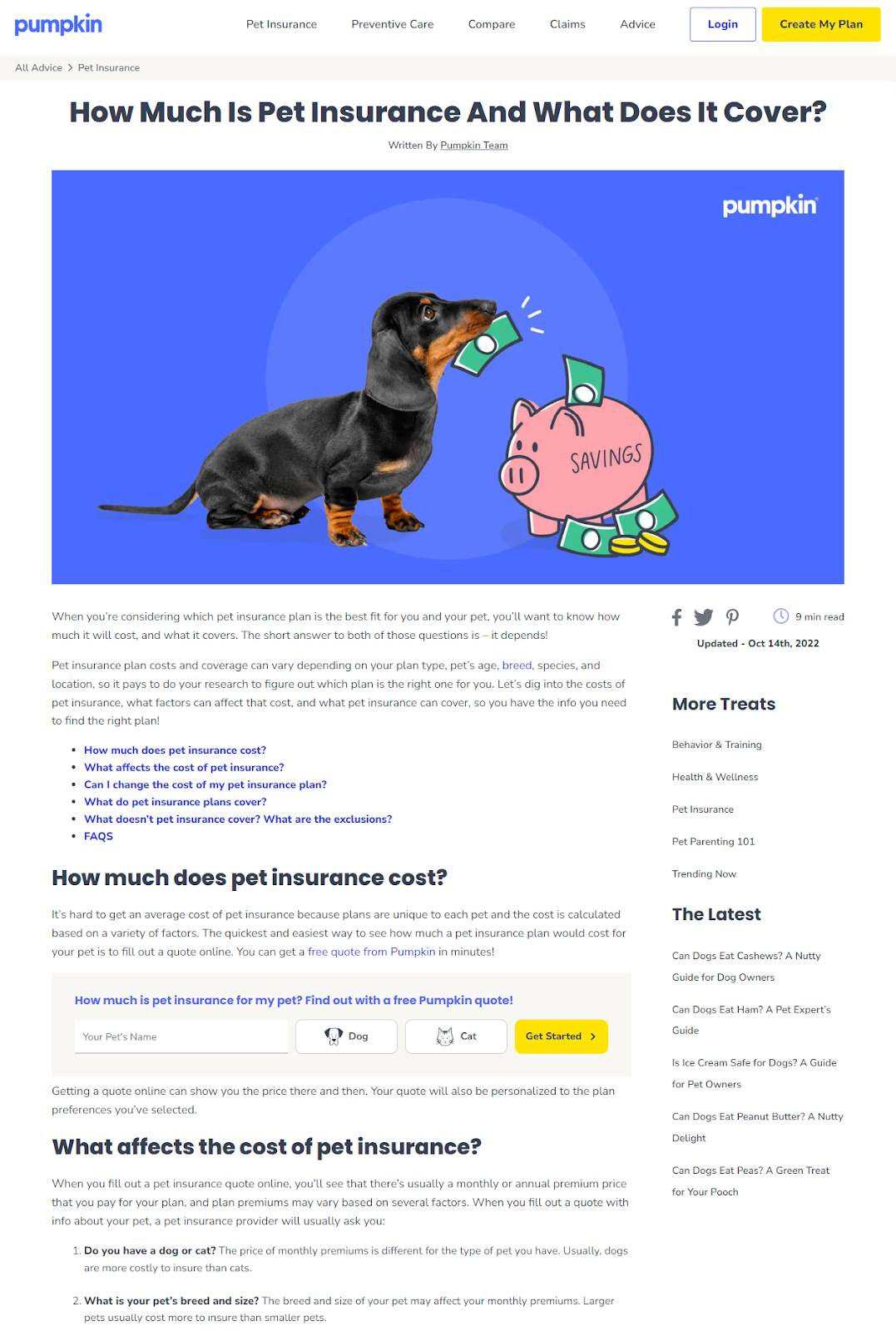
The team could also explain how customers can adjust their reimbursement rates, annual deductibles, and annual coverage limits to find a plan that fits their budgets and needs. By doing this, the CS team can help the customer find the best value for their money and ensure their pet’s health and well-being.
This is a prime example of customer success personalization in action!
What is the best way to personalize the customer experience?
Successful organizations prioritize personalization by customizing their offerings and outreach to cater to their customers’ unique needs at the right moments.
This helps them deliver consistent, tailored experiences and build stronger connections with their audiences.
In fact, 57 percent of consumers in a recent report by SurveyMonkey said they’d stop doing business with a company after just one bad experience. 42 percent said they’d switch after two poor experiences.
Successful personalization also depends on relevant and rich customer data.
Understanding each segment’s needs and preferences — and tailoring solutions accordingly — is crucial.
For example, some customers may prefer self-service options, while others may need more guidance and support from a human agent. To achieve this level of personalization, customer success teams need to leverage data and analytics to gain insights into customer behavior, satisfaction, and feedback.
But traditional analytics tools may not be enough to handle the complexity and volume of data that customer success teams deal with. That’s why some organizations are adopting augmented analytics, a new approach that uses artificial intelligence and machine learning to automate data preparation, analysis, and visualization.
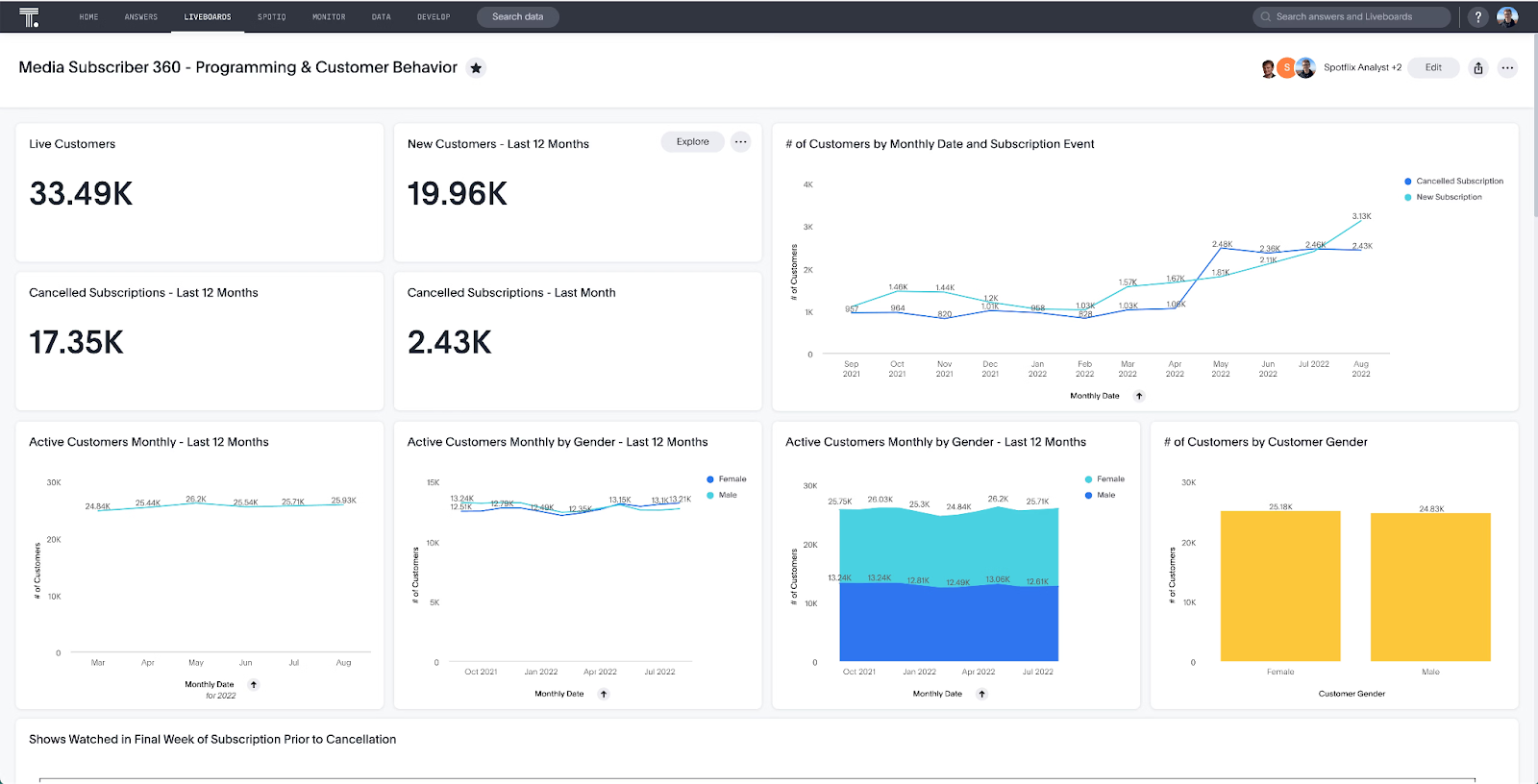
Augmented analytics can help customer success teams:
- Generate faster and more accurate insights
- Discover hidden patterns and trends
- Provide actionable recommendations for improving customer outcomes
Another way to improve personalization in customer success is by leveraging insights and strategies from a sales playbook. These resources provide a structured approach to understanding customer needs, mapping out the buyer’s journey, and delivering personalized content and solutions at each stage.
By integrating a sales playbook’s methodologies into your customer success strategy, you can promote a more aligned and tailored approach to every customer interaction.
The importance of personalization during post-purchase
One of the best times to apply personalization is after a customer purchases.
But don’t just take my word for it.
According to McKinsey & Company, most consumers (seventy-two percent) expect the businesses they purchase from to look at them as individuals — not just customers.
As for how to personalize the post-purchase stage? Simple strategies do the trick! Send demo or explainer videos, check in to see what the customer thinks of their purchase, and ask them to write a review.
You can also send customized infographics that review customer favorites (i.e., essential products and services they routinely add to their carts) and use them as upsells.
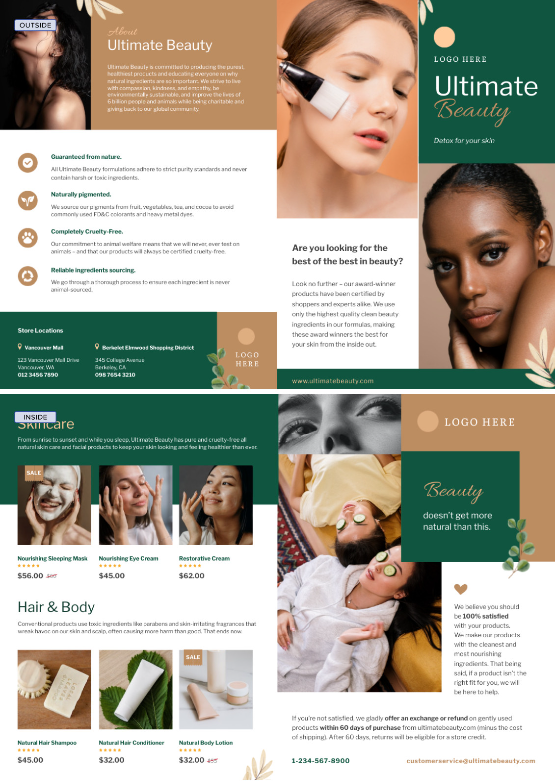
Consider including discount stickers on product bundles or service packages you know they’d love when customizing your infographics.
Be sure to continue checking in with your customers this way, and with value-driven content to maintain an ongoing relationship. Add them to a customer relationship-building email sequence to automate this process — but don’t forget to segment them according to their needs and interests first!
Examples of personalization in customer success strategies
Now that we have a clear outlook on personalization in customer success strategies let’s look at six brands that are putting these insights into action.
LeatherCult: Putting the purchasing power back in the customer’s hands with advanced customization options
Imagine a shopping experience where the clothes you buy aren’t just products but reflections of your style and individuality. This is the essence of personalization in customer success — and it’s becoming increasingly vital in retail.
Take the case of LeatherCult, a brand specializing in custom leather jackets and pants. Its approach to customer success via advanced customization options demonstrates the power of putting shoppers in the driver’s seat.
LeatherCult understands that shopping for fashion isn’t just about selecting items — it’s about helping their customers curate a unique expression of themselves.
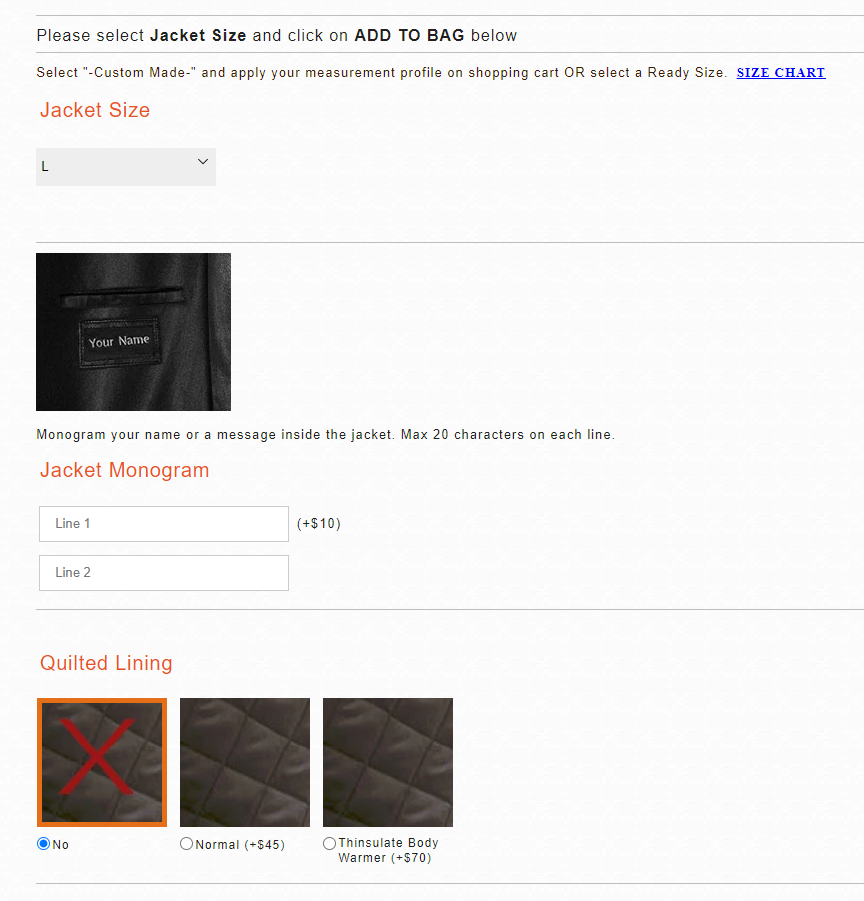
By allowing customers to choose custom sizes for a perfect fit, monogram their names or messages inside jackets, and even opt for special quilted linings, LeatherCult turns the act of buying clothes into an interactive and creative journey.
SoFi: Helping customers feel seen and understood with tailored offers and advice
Businesses are continuously evolving to meet the unique needs of their customers. Take the example of online savings accounts.
Traditionally, banks offered a one-size-fits-all approach to savings accounts. But now, with the rise of online banking, they’re personalizing the customer experience. By using data and user behavior, banks like SoFi offer tailored interest rates, bonuses, and even financial advice specific to each individual’s saving habits and goals.
This level of personalization not only enhances the user experience but also fosters stronger, long-term relationships, helping customers feel valued and understood.
Hers: Promoting customer success via product and wellness education
Informing customers is key to any great success strategy. But it becomes even more imperative when it comes to sensitive topics, like hair loss, which often aren’t discussed in the mainstream.
In response, Hers helps its audience choose the best action and solution for their problems. The brand excels at educating its customers about important wellness topics and how to use its products to reach specific goals.
From teaching website visitors how to correctly use spironolactone for hair loss to help them choose the right products for dry skin, Hers uses informative guides and FAQ sections to promote customer success.

Hers also offers its audience the chance to take quizzes, the responses of which are analyzed by medical specialists. After, visitors receive personalized recommendations based on their responses.
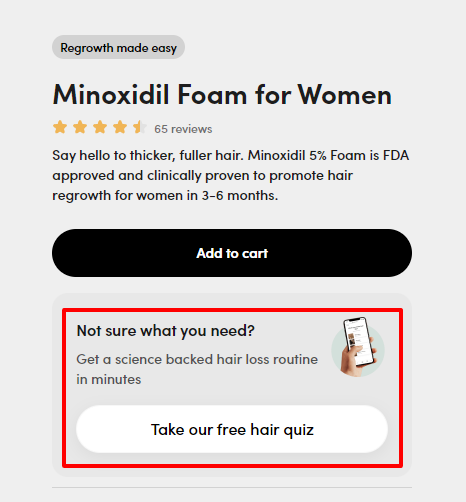
Henry Meds: Providing comfort and safety throughout the customer journey
Many brands offer weight management solutions — but how many include personalized medical consultations as part of their offers?
Here’s where Henry Meds shines.
Instead of offering GLP-1 weight management medication as a stand-alone offer, Henry Med also includes access to a clinician for a personal assessment for one flat rate.
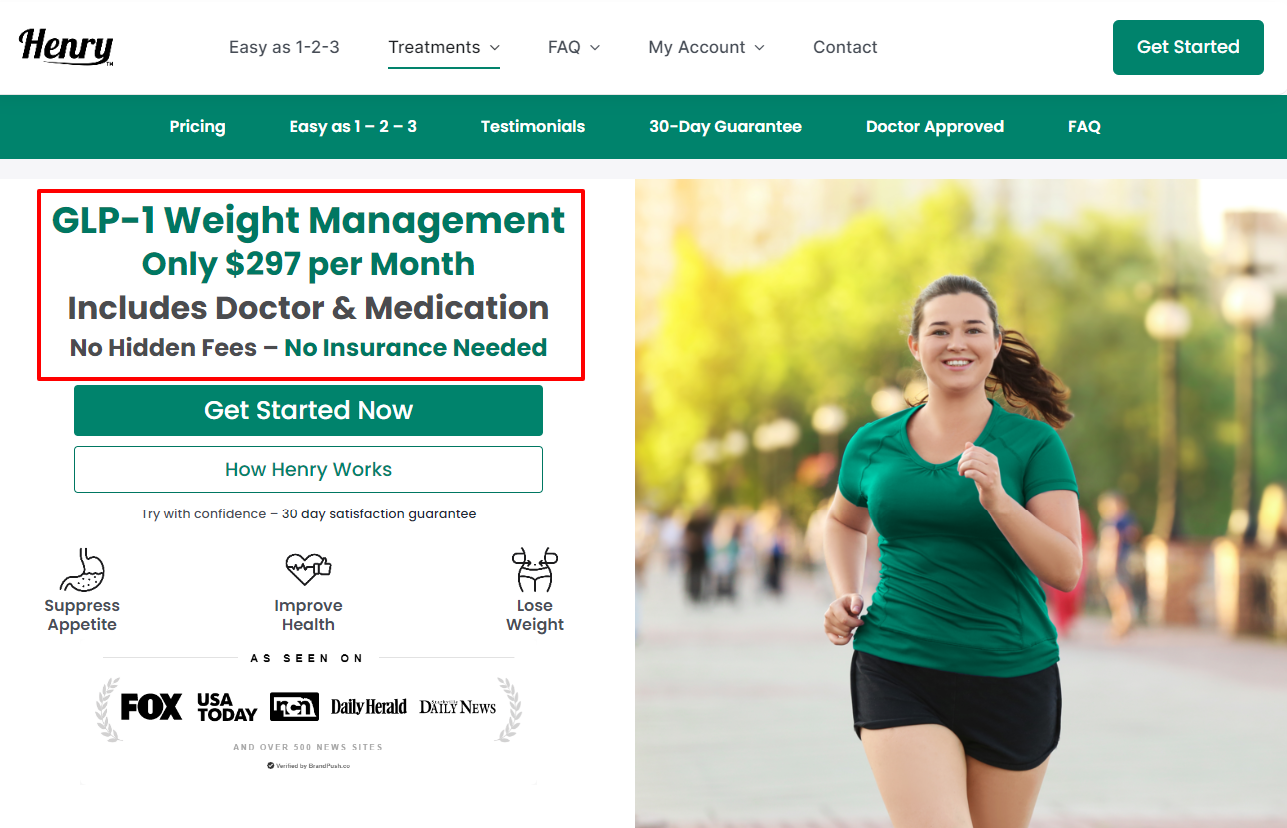
These consultations allow customers to personalize their weight management as much as possible to avoid any confusion or incorrect administration.
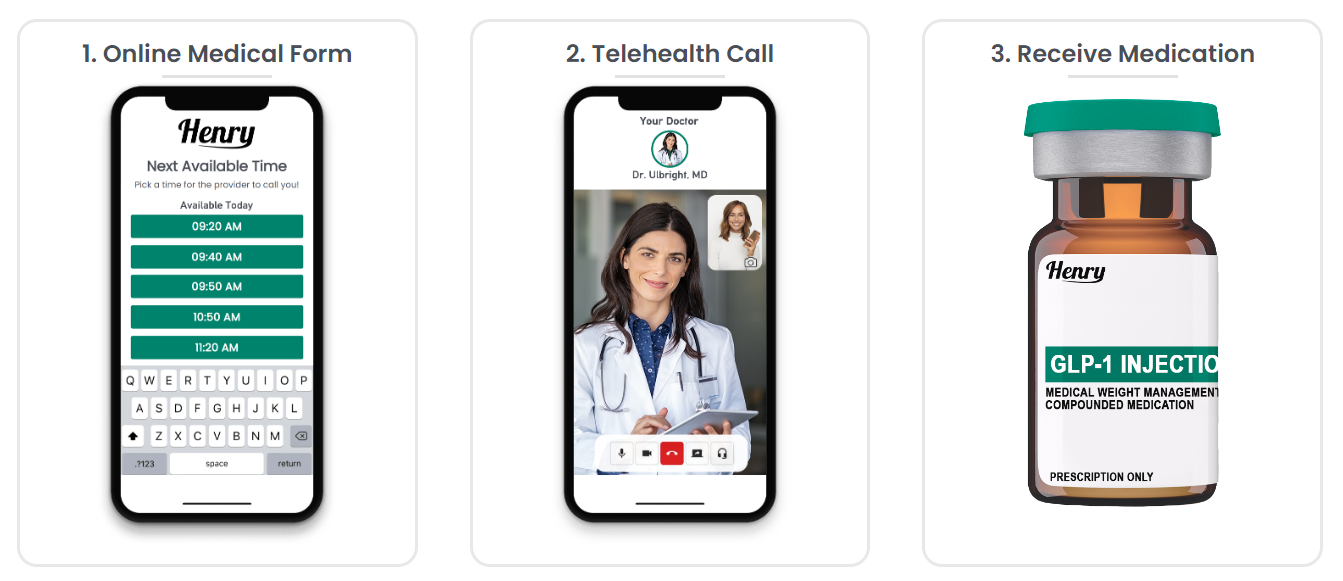
Henry Med’s “holding the customer’s hand” approach marries personalization with comfort — and, most importantly, provides a feeling of safety to its customers.
Remote and Campus.edu: Delivering ultra-personalization with forms and questionnaires
While today’s data and AI resources help shape customer success strategies, going straight to the source can often foster the greatest impact.
In other words, sometimes the best thing you can do is ask your customers what they want.
Consider Remote, a company that facilitates global HR solutions for businesses. Its website contains a wealth of resources and information on global talent acquisition. But it also applies a simple approach to delivering personalized customer experiences: A form with direct queries about the key motivations behind a client’s hiring.
This extra step allows sales reps to drill down into a prospect’s responses, leaving them well-prepared to deliver a truly personalized interaction.
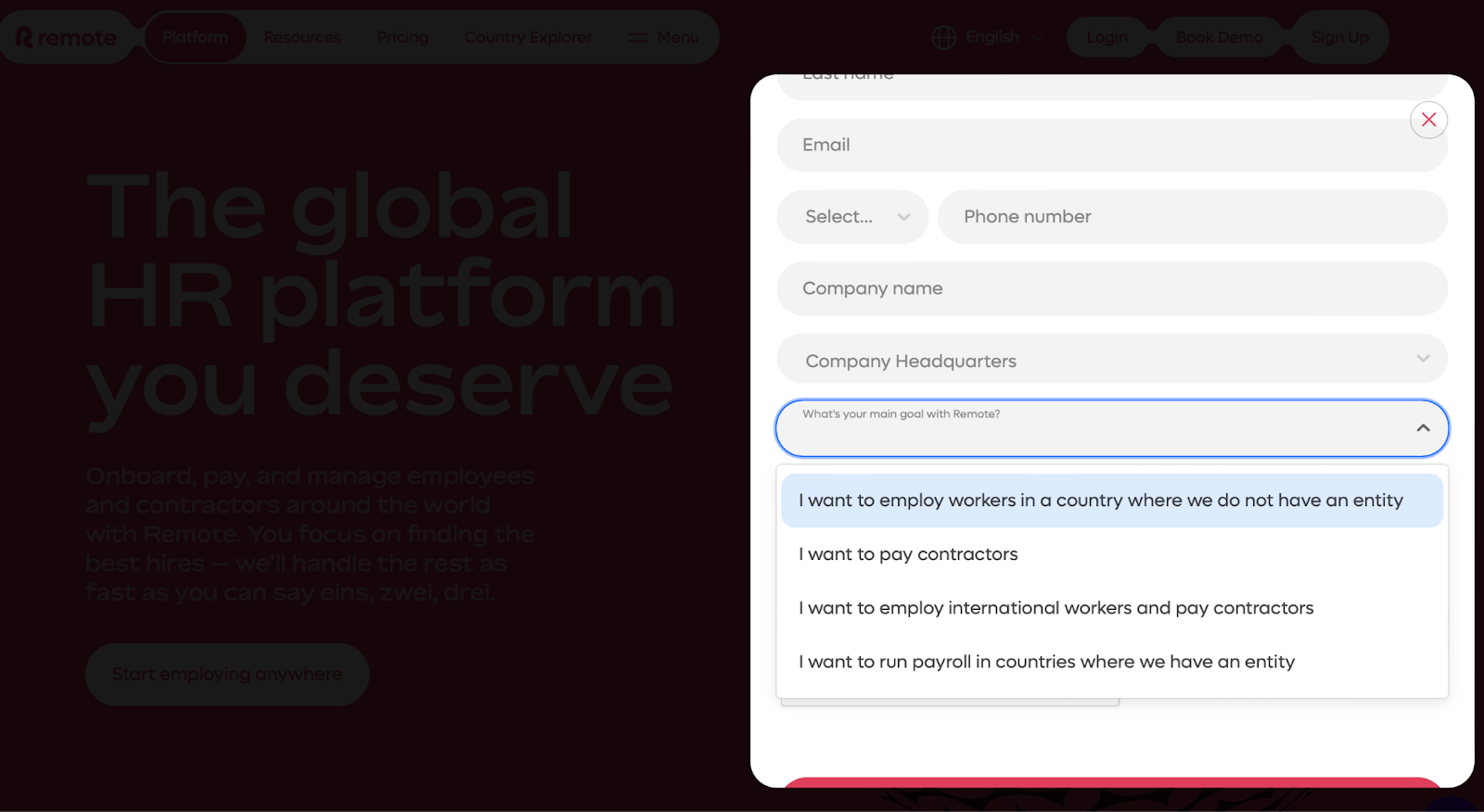
This principle also applies to Campus.edu, a community college known for its educational offerings.
Take, for example, the case of an applicant applying to one of its programs, such as an Associate degree in business. Campus.edu organizes a meticulously designed questionnaire process encompassing several distinct phases, including general, personal, academic, and test score questions.
This comprehensive questionnaire has a dual purpose, including to:
- Evaluate candidates thoroughly to uncover their core needs and preferences.
- Provide candidates with detailed information about the degree programs they’re interested in.
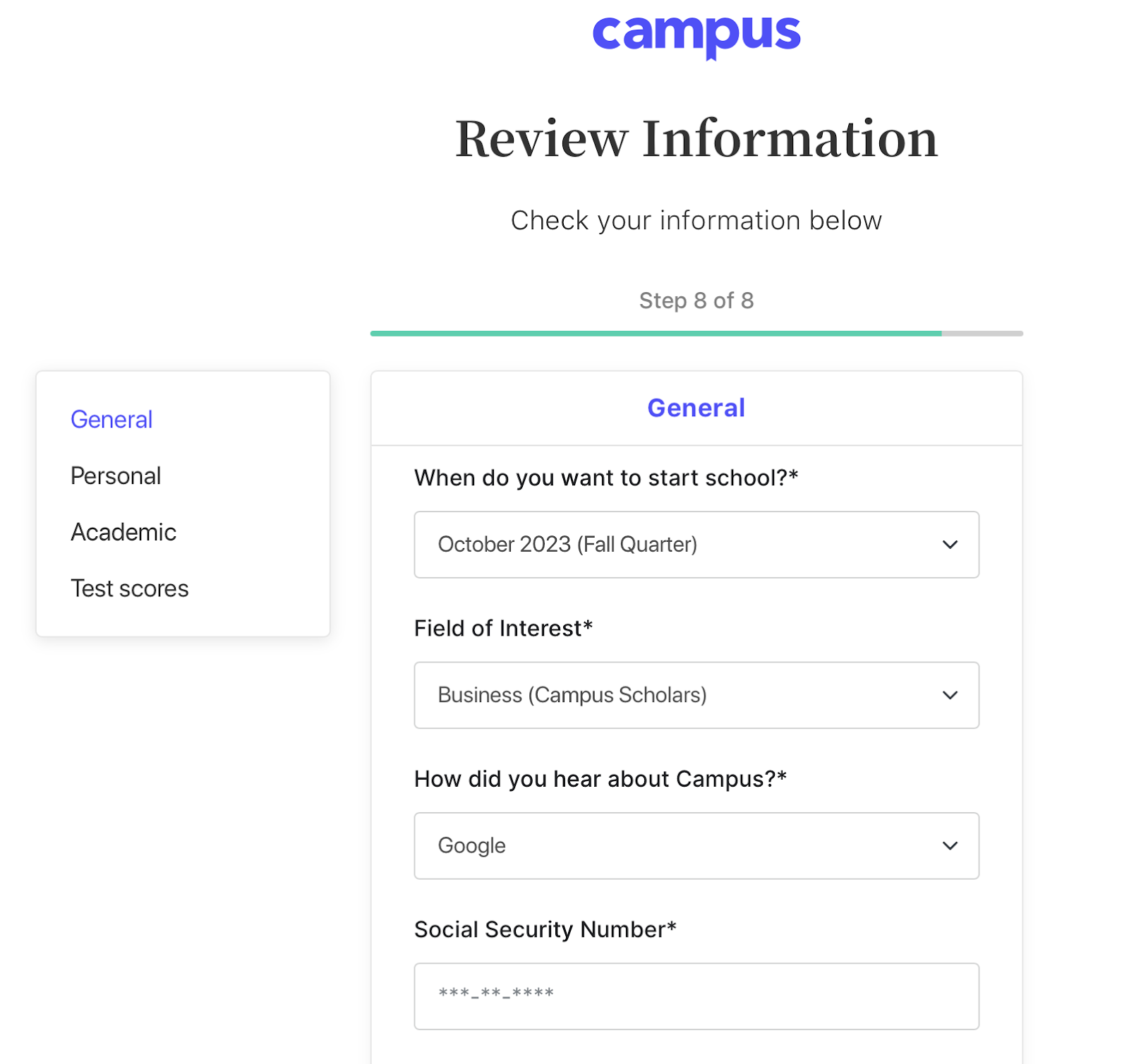
This careful approach guarantees each candidate an ultra-personalized experience with solutions tailored to their particular needs.
Wrap up
Armed with this knowledge and inspiration, it’s time to take action.
By applying the principles and strategies I covered in this article, you can create personalized experiences that not only meet your customers’ unique needs but also exceed their expectations.
Embrace personalization as a key driver of customer success and pave the way for sustained growth and customer satisfaction in your business.
Here’s to your (and your customers’) success!



